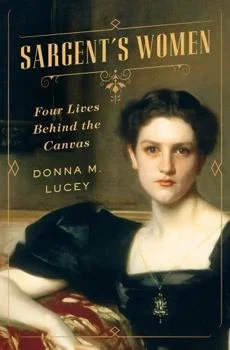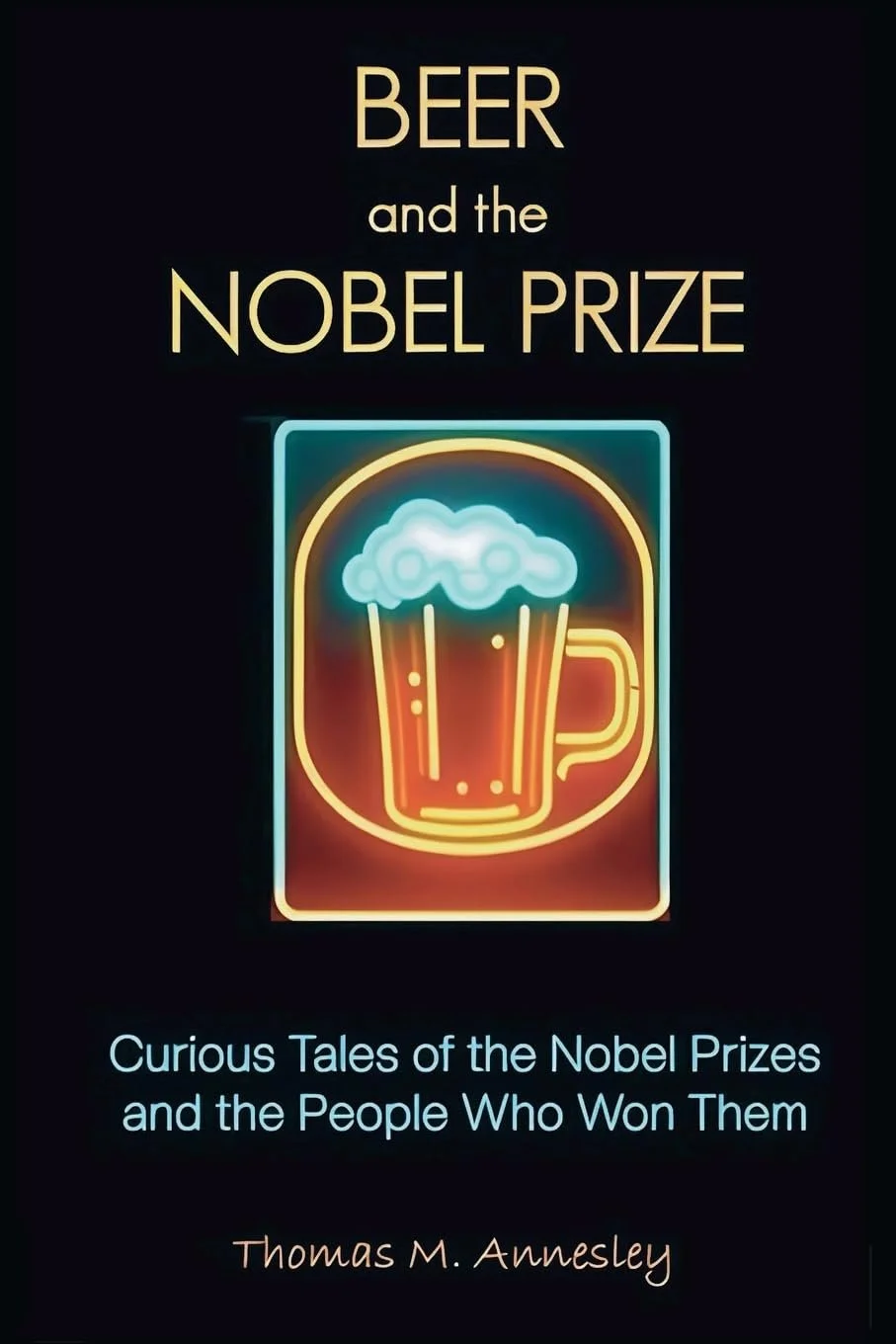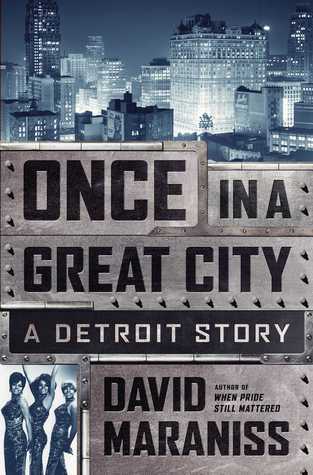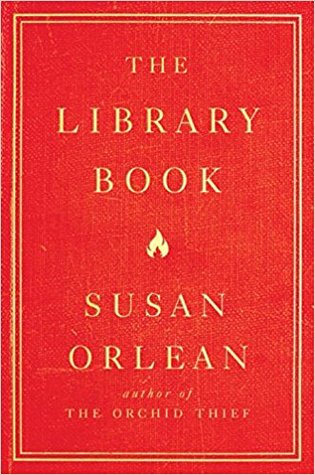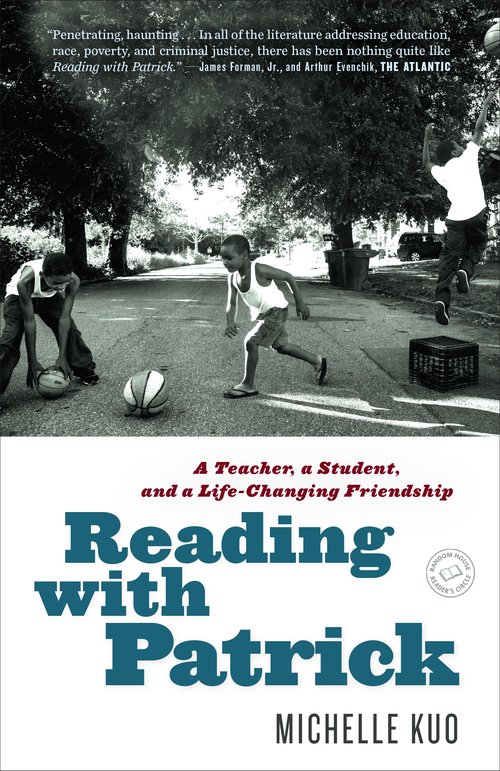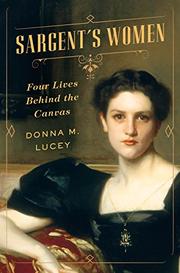Unfollow: A Memoir of Loving and Leaving the Westboro Baptist Church Megan Phelps-Roper (2019)
Take a deep breath before you start to read Megan Phelps-Roper’s powerful memoir. She’s unsparing in her descriptions of the militant anti-gay crusade of the Westboro Baptist Church, citing the many gross and disgusting slogans and songs that the cult used online and in demonstrations across the United States.
In case you’re unfamiliar with the activities of Westboro, Phelps-Roper’s first chapter, “The Quarrel of the Covenant,” explains the genesis of her grandfather’s crusade against homosexuality. Fred Phelps, who led Westboro until his death in 2014, began his national campaign in Topeka, Kansas, in 1989, by picketing a local park where gay people congregated. Phelps justified the picketing with fiery sermons in which he preached that God commanded believers to denounce the sins of those around them in society. One favorite Bible passage, among the many that Fred Phelps cited, was “Cry aloud, spare not, lift up thy voice like a trumpet, and shew my people their transgression, and the house of Jacob their sins.” (71)
The actions that got Westboro the most international press coverage were their pickets at the funerals of US military service members. Though this picketing seems to defy logic, Phelps wanted to proclaim God’s punishment of the US for promoting homosexuality and other practices that Westboro deemed sinful. In other words, the US had promoted sin, therefore God had purposely killed US service members, therefore Westboro had to draw attention to the connection. To be clear, the deceased service members were very unlikely to have been gay themselves.
In 1986, Megan Phelps-Roper was born into the Westboro Baptist Church, which has never numbered more than 100 members, most of whom are and have been members of Fred Phelps’s large extended family. Although he kept close control, insisting on absolute obedience and adherence to rules, Fred Phelps also required that members receive formal education in public institutions, including colleges and law schools. Thus Megan Phelps-Roper, a bright and diligent student, became an articulate spokesperson for Westboro, handling the cult’s online presence starting around 2008, when she was in her early twenties.
By 2012, Megan Phelps-Roper’s concerns about Westboro grew to the point that she and one of her sisters moved out of their family home and severed ties with the cult. Her agonizing decision was based on recognition of multiple inconsistencies in Westboro’s dogmas, plus an internal coup by men (“elders”) who displaced her grandfather:
“I couldn’t believe how our love within the church had been warped beyond recognition by the elders’ unscriptural will to punish. By their implacable demands for unquestioning obedience. By their pernicious need for superiority and control. They had developed a toxic sense of certainty in their own righteousness, seizing for themselves the role of the ultimate arbiter of divine truth—and they now seemed willing to lay waste to anyone who disagreed with them. It was a heinous arrogance and sinfulness that could not be denied. And in a moment of horrifying clarity, I finally saw what had eluded me for so long: We had all been behaving in the exact same way toward outsiders. It was as if we were finally doing to ourselves what we had been doing to others—for over twenty years.” (158-9)
As I read Unfollow, I tried to track the theological arguments underpinning Westboro’s despicable actions. One doctrine, among many, that I could not get my head around was their belief in double predestination—an unchanging decision of God to send a human either to heaven or to hell. If the sinners of America were totally doomed, what was the point of picketing? Such sinners could not be saved, even if they turned away from their wickedness. The picketing did attract media coverage of Westboro, but the group did not gain converts to their belief system as a result of that coverage.
You need not immerse yourself deeply in such theological conundrums to appreciate Phelps-Roper’s moving story. However, it may help to know that she puts the many biblical quotes used by Westboro in italics in her text. And all Bible passages are from the 1611 King James version, which is the only English version that Westboro accepts as inspired by God. (Phelps-Roper also uses italics liberally in her own, non-Biblical text.)
Phelps-Roper presents the evolution of her understanding of the world and of her family in painstaking detail. Despite the constraints on her, she felt deep love from her family within Westboro, and in turn she continues to express love for all of them, both those who have remained with Westboro and those who have broken free. For me, the most astounding component of Phelps-Roper’s life story is her relationship with Chad Fjelland, the man who would eventually become her husband.
Fjelland began interacting with Phelps-Roper online when she was still Westboro’s PR person. He didn’t send the kind of angry messages that she usually received through social media. Instead, he was patient and inquiring, trying to understand why Westboro rejoiced in military deaths and in other tragedies around the world, though he was unambiguous in saying that he would never espouse the beliefs of Westboro. Fjelland and a couple of other brave souls who debated reasonably with Phelps-Roper online were instrumental in her departure from Westboro. My one minor complaint about Unfollow is that Phelps-Roper did not carry her story a little further, to describe her deepening relationship with Fjelland after she finally met him in person.
Unfollow demonstrates that religious beliefs that are taken to extremes, that fall outside the norms of a civil society, are dangerous, not only to the individuals caught within those belief systems but also to the society at large. Social media can spread falsehoods, imagined conspiracies, and bigotry, but, as the case of Chad Fjelland demonstrates, social media can also provide a way for rational, concerned people to connect with some cult members. The undercurrent of hatred in the United States today is frightening. We owe it to our nation to understand groups like Westboro Baptist Church, and Megan Phelps-Roper offers us a clear window to that understanding.
[Please note: I call the Westboro Baptist Church a “cult” intentionally. For an explanation of how I approach such groups, see this previous review of mine. Note also that mainstream Baptists have renounced Westboro.]]



